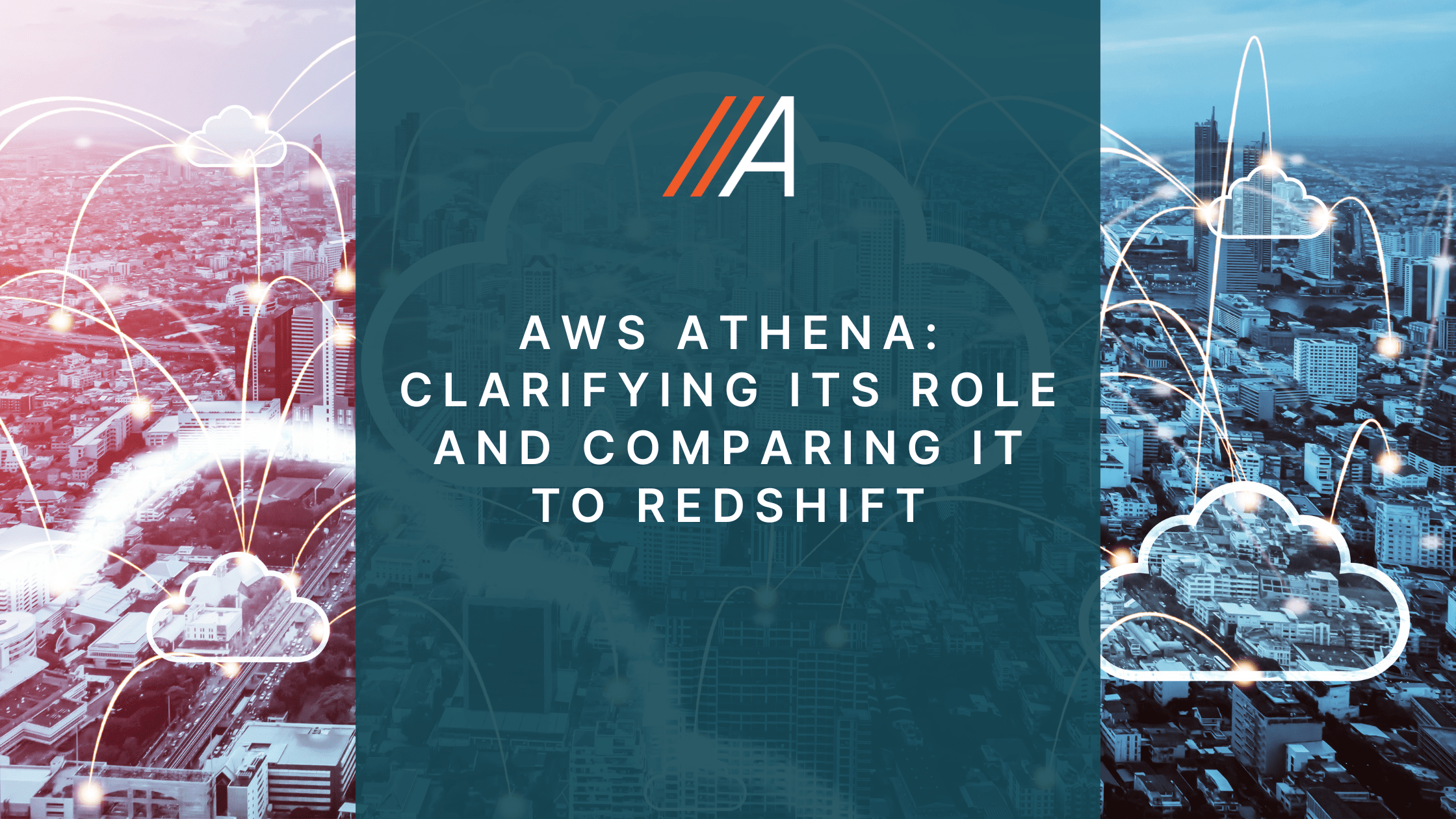
AWS Athena: Clarifying Its Role and Comparing It to Redshift
Following our previous discussion on maximizing cloud security with Athena Data Types for AWS, this week we delve deeper into Amazon Athena’s nature and functionalities, specifically addressing its differentiation from traditional databases and its comparison with another AWS heavyweight, Redshift.
Is AWS Athena a Database?
Amazon Athena is often mistaken for a traditional database due to its data querying capabilities. However, it is more accurately described as a query service that enables users to analyze data directly in Amazon S3 using standard SQL. Unlike traditional databases, Athena does not store data itself; it processes data that resides in S3, which means there’s no data loading or ETL (Extract, Transform, Load) process required.
Athena is built on Apache Presto, a distributed SQL query engine designed for querying large data sets distributed over one or more heterogeneous data sources. This makes Athena highly effective for reading and analyzing data in situ without the overhead of data replication.
AWS Athena vs. AWS Redshift: A Comparative Analysis
While both Athena and Redshift are part of the broader AWS ecosystem and are designed for dealing with data, they serve distinct purposes and operate quite differently.
1. Data Storage and Management
- Athena: As mentioned, Athena does not manage data storage. It works directly with data stored in S3, leveraging the durability and scalability of object storage.
- Redshift: Redshift is a traditional columnar data warehouse that requires data to be loaded into its own storage system before processing. It’s optimized for handling online analytical processing (OLAP) queries and offers powerful capabilities for managing and tuning data storage.
2. Performance and Scaling
- Athena: Athena is serverless and scales automatically to handle querying vast amounts of data. The serverless model means that users do not need to manage any resources; they simply write SQL queries and run them.
- Redshift: Redshift provides robust performance by allowing users to scale compute resources up or down. However, scaling requires some level of manual intervention to resize clusters or manage Redshift Spectrum for querying data in S3.
3. Pricing Model
- Athena: With Athena, you pay per query, based on the amount of data scanned by each query. This can be cost-effective for sporadic or unpredictable querying needs but could become expensive with large-scale data scans frequently.
- Redshift: Redshift operates on a cluster-based pricing model, where you pay for the compute resources irrespective of usage. This can be cost-efficient for continuous, heavy querying but might be less so for intermittent use.
4. Use Cases
- Athena: Ideal for quick, ad-hoc querying and scenarios where setting up a database infrastructure is not desirable. It is highly effective for data exploration, log analysis, and temporary querying needs.
- Redshift: Best suited for complex analytics where fast query performance over large datasets is crucial. It serves well for business intelligence applications and scenarios requiring complex joins and transactions.
Conclusion
Understanding the nuances between Athena and Redshift is crucial for businesses to choose the right tool for their specific data workloads and analytical requirements. Athena offers an easy entry point with its serverless architecture and SQL compatibility, making it an excellent choice for those who need straightforward, on-the-fly querying without the complexity of cluster management. On the other hand, Redshift provides advanced analytics capabilities and speed for organizations ready to invest in a powerful data warehousing solution.
As the landscape of cloud computing evolves, both Athena and Redshift continue to adapt, offering businesses powerful options for managing and analyzing data at scale. Whether your needs lean towards the simplicity and flexibility of Athena or the deep analytics power of Redshift, AWS provides robust tools that cater to a diverse range of use cases.
For more insights on using Amazon Athena or Redshift for your cloud architecture or any specific project consultation, Aligned Technology Group remains at your service.
Last Updated on June 28, 2024 by Lauryn Colatuno

